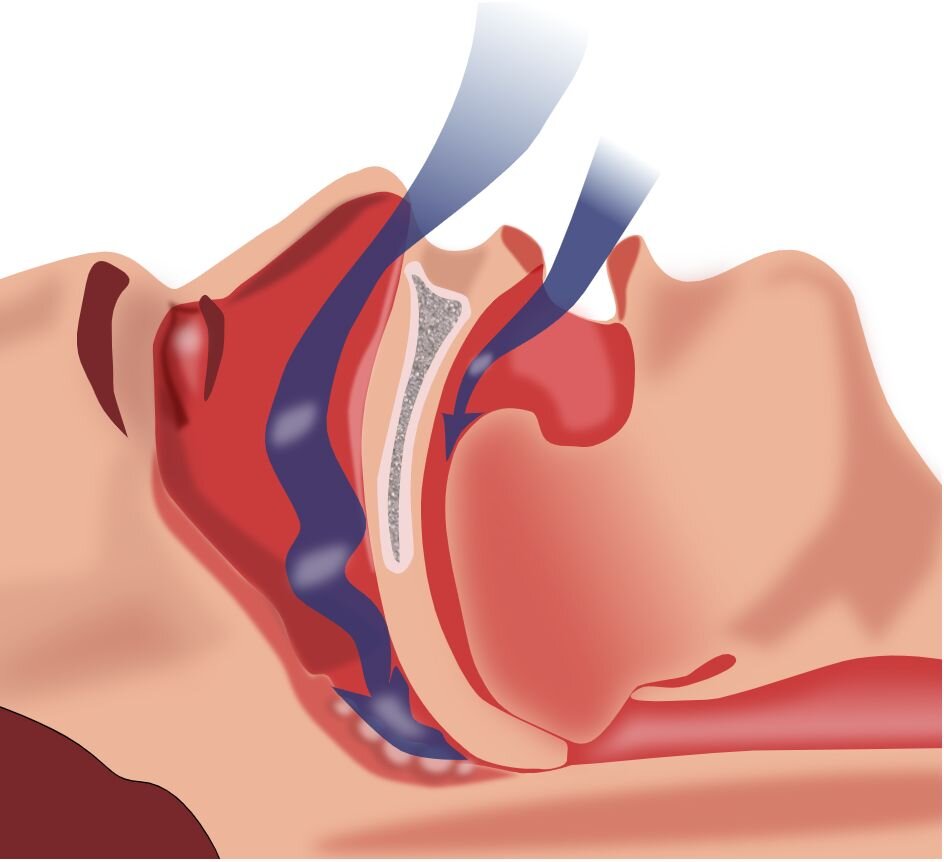University of Liverpool researchers have engineered a library of strains that can be used to develop new antibacterial compounds to help address antimicrobial resistance (AMR) in Acinetobacter baumannii bacteria.
Acinetobacter baumannii (or A. baumannii) is a bacterial species commonly found in environmental settings such as water and soil. It is a known opportunistic pathogen that can cause serious infections, particularly in the bloodstream, urinary tract, lungs (resulting in pneumonia), or open wounds, especially in hospitalized or immunocompromised patients.
A. baumannii has been named as one of the top priority pathogens by the World Health Organization (WHO) and is the cause of most prevalent multi-drug resistant infections in healthcare settings. A. baumannii persists in hostile environments by readily forming biofilms — clusters of microorganisms that stick to non-biological surfaces — and utilising multiple resistance mechanisms to overcome exposure to antimicrobial agents and other environmental toxins. These properties have facilitated the global emergence of multiple drug-resistant and extremely drug-resistant phenotypes.
Described in a new study published in Antimicrobial Agents and Chemotherapy, the researchers have created the mutant strains using molecular engineering to insert various resistance motifs into A. baumannii bacteria.
The strains will facilitate the study of the pharmacodynamics and efficacy of anti-Acinetobacter compounds. This experimental platform is potentially useful for global preparedness to combat the ever-evolving threat of multi-and extremely drug-resistant A. baumannii infections.
Corresponding author Dr Vineet Dubey, Postdoctoral Research Associate at the University of Liverpool said: “This innovative approach offers a powerful tool to study the pharmacodynamics of novel therapeutics against A. baumannii. Our molecular constructs have demonstrated both stability and virulence in experimental models, ensuring robust and reliable data. The modularity of our system enables the exploration of emerging resistance mechanisms, including the ability to express multiple resistance genes, thereby facilitating the study of complex resistance networks in A. baumannii.”



